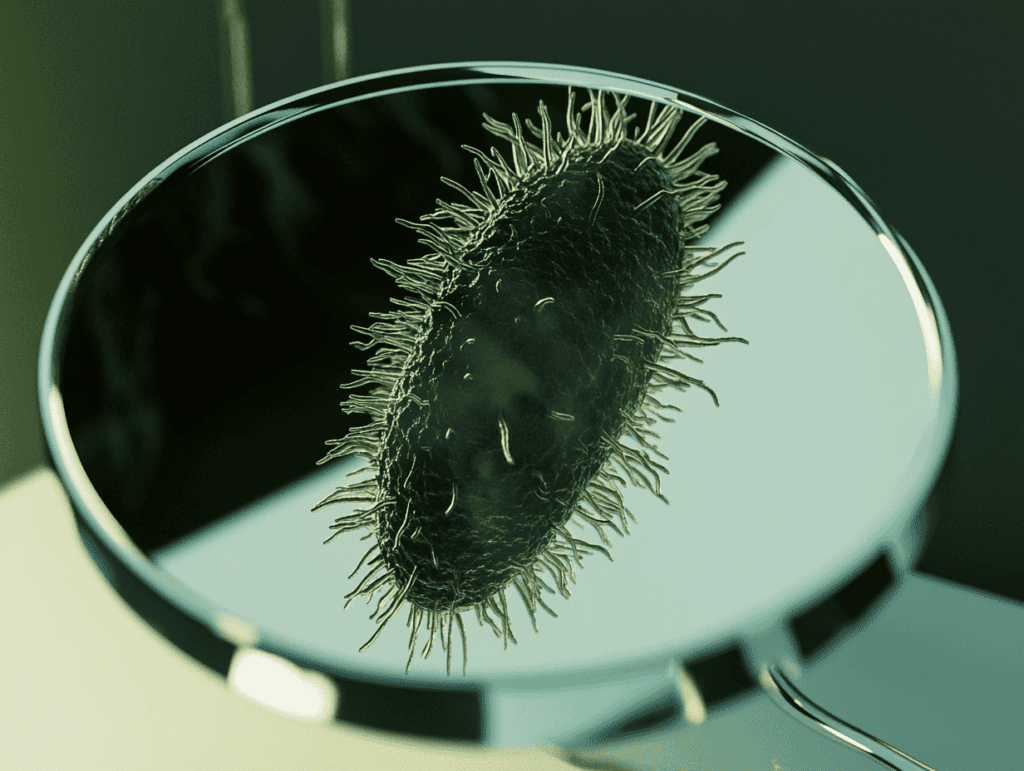The article discusses the concept of “Mirror Life,” which involves creating synthetic versions of essential life molecules, such as DNA and proteins, with reversed chirality (handedness). While scientists believe that these inverted molecules could offer revolutionary medical treatments and pollution resistance, nearly 40 scientists—including two Nobel Prize winners—have raised alarms about the potential dangers.
The fundamental issue is that these mirror molecules could evade detection by the immune systems of various organisms, leading to catastrophic infections and ecosystem disruptions. Researchers point out that mirror microorganisms might infect crops and livestock, potentially causing widespread pandemics that current medications would struggle to address.
A historical example is thalidomide, whose two mirror forms had drastically different effects, underscoring the risks of mirror chemistry. Although researchers have made strides in designing individual mirror molecules, creating a complete mirror organism remains largely theoretical, with predictions that it could be achieved within a decade.
In light of these threats, some scientists have halted their research on mirror cells and are advocating for international biosecurity regulations to manage the risks. The article concludes that without stringent regulations and cooperation, mirror life poses a significant and potentially overwhelming threat to both humans and ecosystems.
Source link


